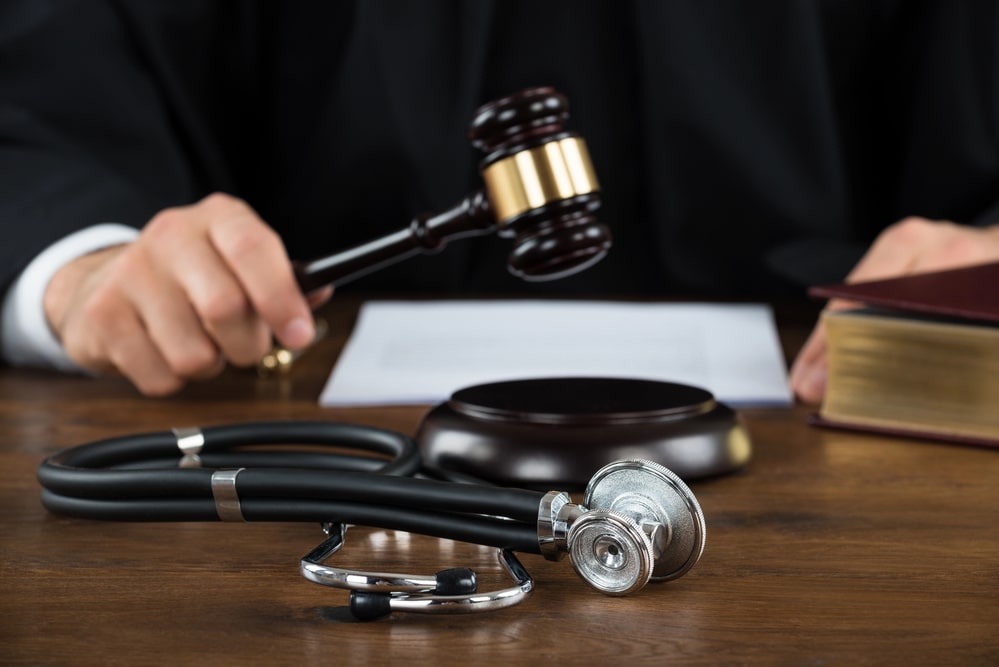Complex Regional Pain Syndrome (CRPS) is a chronic pain condition that at times can affect a limb after an injury. CRPS is characterized by prolonged or excessive pain and changes in skin color, temperature, and/or swelling in the affected area.
The Two Types Of CRPS:
- CRPS-I (Reflex Sympathetic Dystrophy – RSD): Occurs without a confirmed nerve injury. It is the most common form.
- CRPS-II (Causalgia): Occurs with a confirmed nerve injury.
Symptoms:
- Continuous, intense pain that is out of proportion to the severity of the initial injury. This condition is sometimes referred to as allodynia. An example of this may be that a light touch could be perceived as a stabbing pain.
- Sensitivity to cold.
- Swelling and changes in skin color (perhaps mottled with patches of discoloration), temperature (usually colder), and texture (the skin can become shiny).
- Joint stiffness and difficulty moving the affected limb.
- Muscle spasms, weakness, or atrophy.
- The pain may move or radiate into other areas that were not injured.
Causes:
The exact cause of CRPS is not fully understood, but it is believed to be related to abnormal responses in the nervous system. This could involve the peripheral nervous system, central nervous system, or both.
Diagnosis:
CRPS is diagnosed based on a combination of the patient’s medical history, physical examination, and ruling out other conditions. There is no specific test for CRPS, making it a diagnosis of exclusion. Having said that, there are doctors who are experts on CRPS and can help. Once a diagnosis is made, and it should be made early, it is important to begin interventional treatment immediately.
Treatment:
As stated, treatment for CRPS is most effective when started early and often involves a multidisciplinary approach:
- Medications:
- Pain relievers: Over-the-counter pain relievers or stronger prescription medications.
- Antidepressants/Anticonvulsants: For neuropathic pain.
- Corticosteroids: To reduce inflammation.
- Bisphosphonates: To reduce bone loss and pain.
- Topical analgesics: Such as lidocaine or capsaicin.
- Physical Therapy:
- Focuses on maintaining or improving the range of motion and strength of the affected limb. Gradual desensitization to stimuli is often part of therapy.
- Nerve Blocks:
- Injections of anesthetics can block pain signals from nerves.
- Sympathectomy:
- Surgical procedure where nerves that are causing pain are cut. This is a last-resort option.
- Psychotherapy:
- Counseling to help with the emotional and psychological impact of chronic pain.
- Spinal Cord Stimulation:
- A device is implanted near the spinal cord to deliver electrical impulses, which can help reduce pain.
- Alternative Therapies:
- Acupuncture, biofeedback, or mirror therapy may be beneficial for some patients.
CRPS can be a challenging condition to manage, and treatment often needs to be tailored to the individual patient.
If you suspect you have a personal injury that is causing you to have an issue with CRPS, we can help guide you through the process of getting good medical care while representing to the insurance company what you are experiencing and why it is such a serious injury. Please do not disregard the signs of CRPS. This is a potentially life altering injury which may be treatable with early intervention. Call Dr. Ted, a lawyer at Ted A. Greve & Associates who is a licensed doctor, today for a free consultation. Call us at 1-800-MyDrTed (1-800-683-7833)


